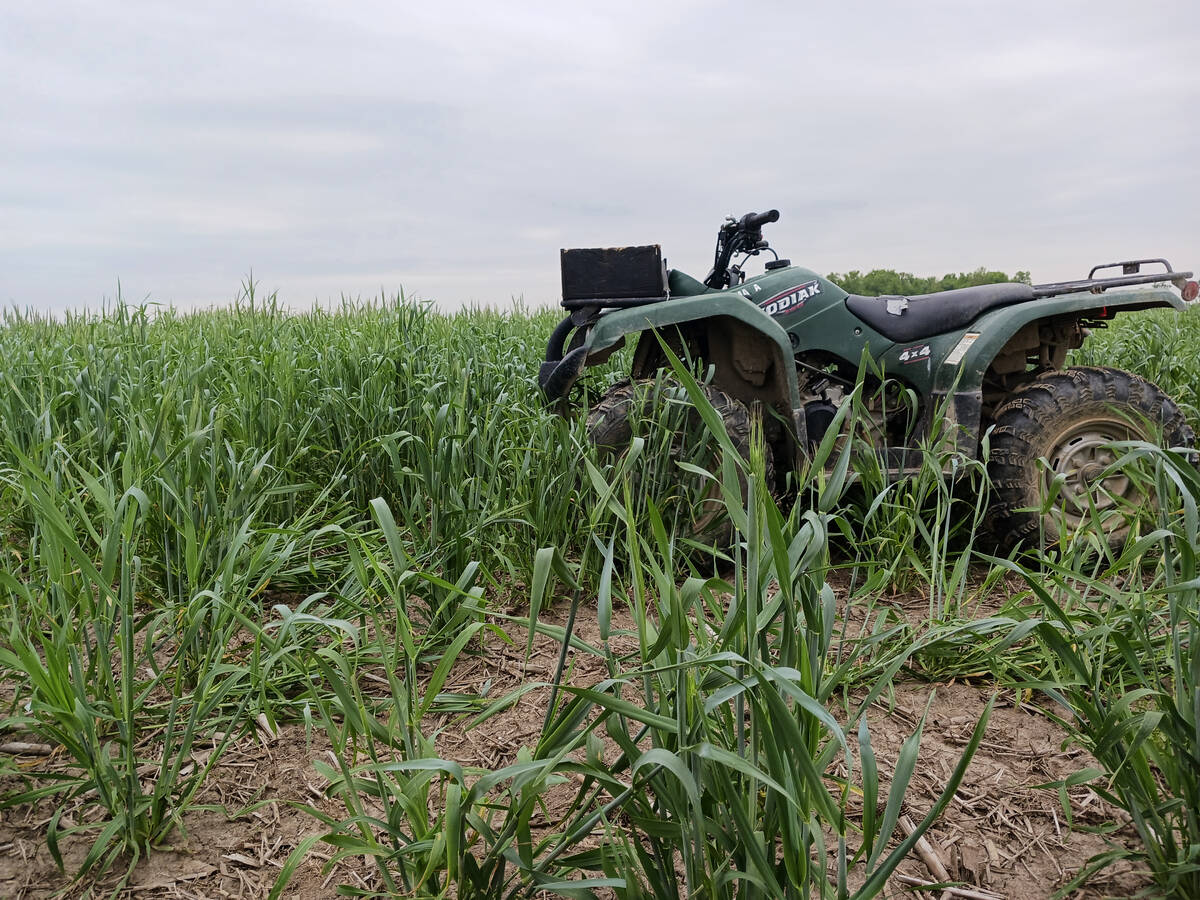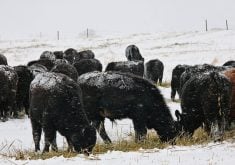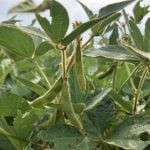A mix of grasses can help address salinity problems on marginal farmland, says a forage expert.
“The nice thing about a mix is you’re kind of guaranteed that something will catch,” said Dexter Lethbridge, a product line rep with Proven Seeds for Nutrien Ag Solutions in Lethbridge, Alta.
Partnering with Ducks Unlimited, Proven/Nutrien set out in 2020 to showcase how forages can be used to remediate salinity. The venue was two acres of variable saline land at the Discovery Farm demonstration farm near Langham, Sask.
Read Also

The fickleness of nitrogen
Nitrogen is one of the most challenging nutrients to manage in corn production, in part because of how it responds to environmental conditions.
Their work was highlighted at the Ag in Motion farm show July 18-20.
Efforts appear to be paying off, said Lethbridge.
“We’ve been soil sampling the site and over the last couple of years, the salinity has slowly begun to drop a little bit, so maybe depending on the severity of it, we can get those acres back into croppable land.”
Proven/Nutrien planted the acres to three sets of forages: AC Saltlander green wheatgrass, Halo 2 alfalfa and its own saline master blend. They got results quickly. “The first year all we did was do a pre-burn, and then we seeded it and cut it twice just to keep the wheat seed banked down,” said Lethbridge.
“The next year we were able to harvest 27 small square bales off of the two acres. Last year we got 72 small square bales off and this year we were able to get four large round bales off of it, which is pretty good, considering how dry it’s been.”
The alfalfa has had good regrowth, he said.
“It has a really good taproot to go down into the soil profile to take that water table down. It’s bringing the salts with it as well to get them out of the rooting zone.”
The green wheatgrass also offered secondary benefits: competition with kochia and foxtail barley and reduced flooding, said Lethbridge.
“The first year we seeded, it was just a matter of kochia and foxtail – you could hardly even see any of the forage seedlings.
“By year two you could hardly find a kochia plant and it’s been working its way against foxtail barley ever since. It also can withstand flooding for up to five weeks, which is something really great because a lot of these areas do tend to flood.”
The saline master blend included saline-tolerant grasses such as AC Saltlander, smooth bromegrass, Revenue slender wheatgrass and tall fescue.
Forages alone are not likely to eliminate salinity, said Lethbridge.
“It’s just going to kind of drop it down lower in the soil profile. It’ll still be there. I don’t think it’ll ever totally disappear. It might if it was very slightly saline.
“It’s more of a control method so that it’s not spreading to more of your fields.”
















